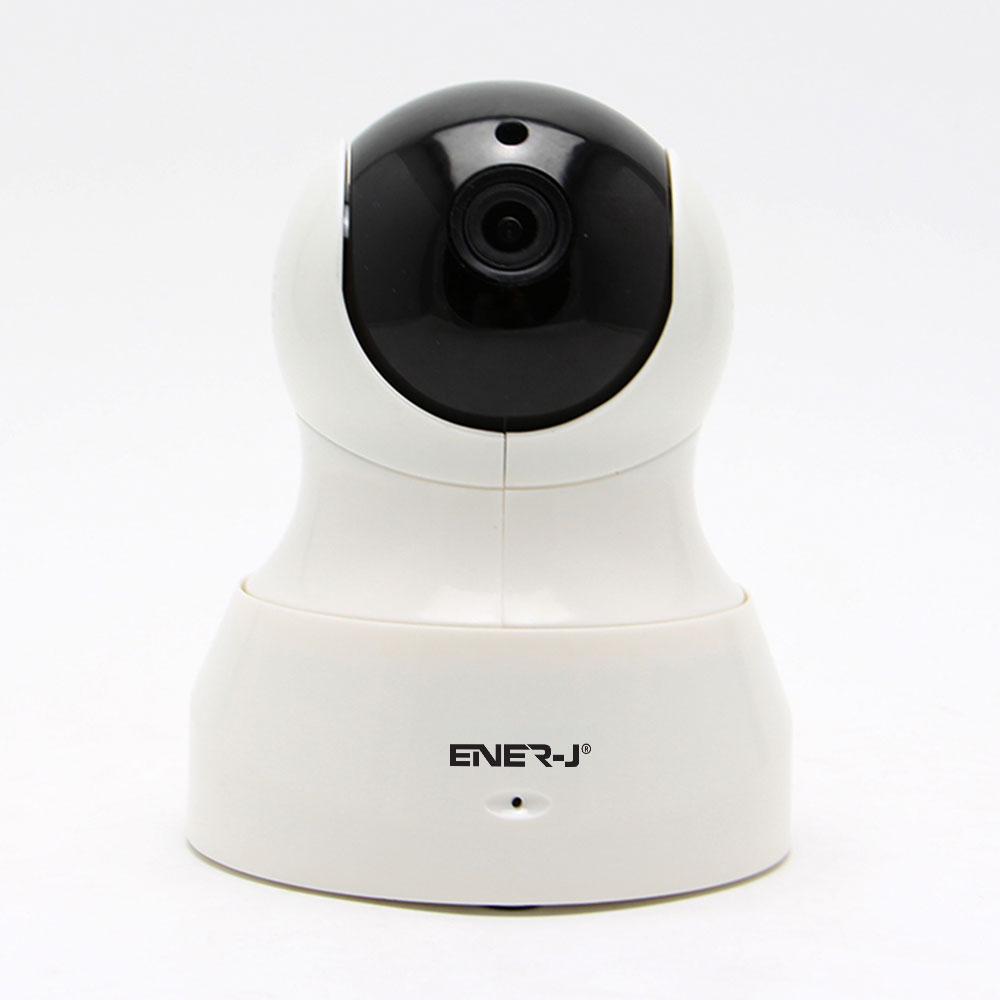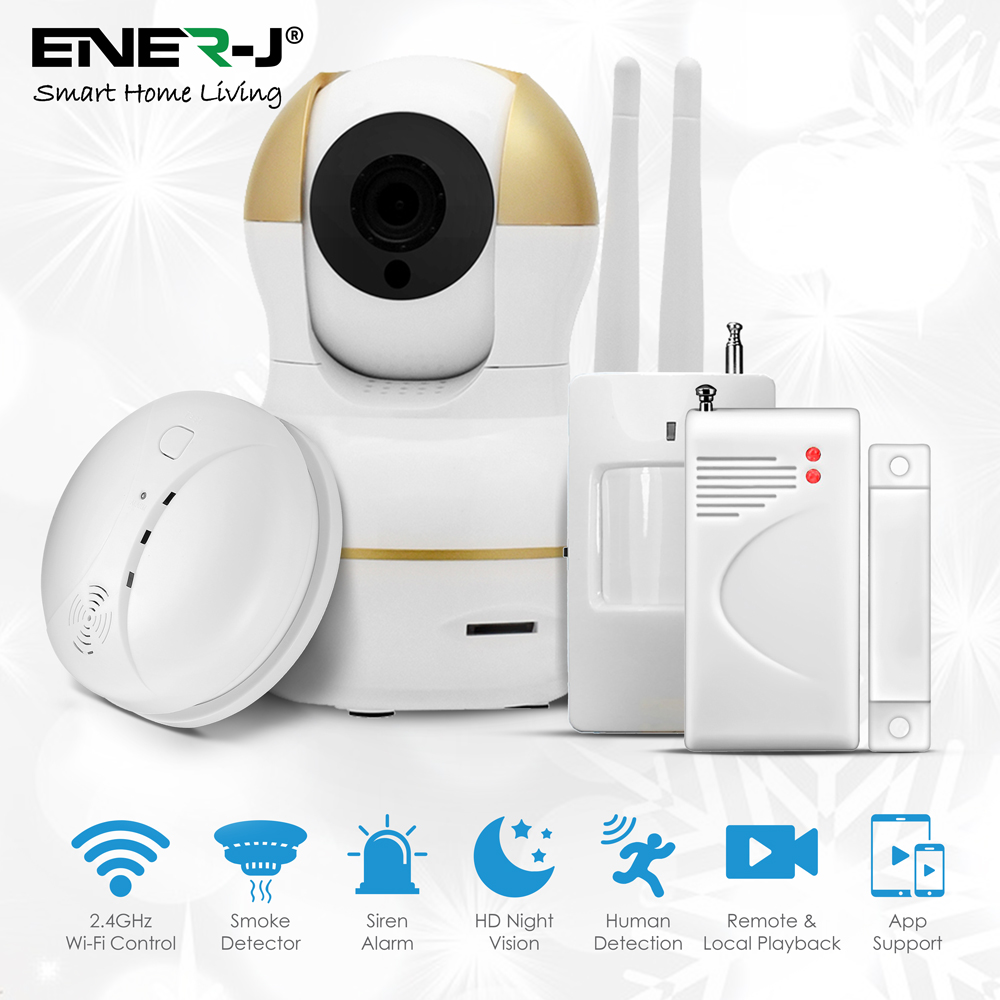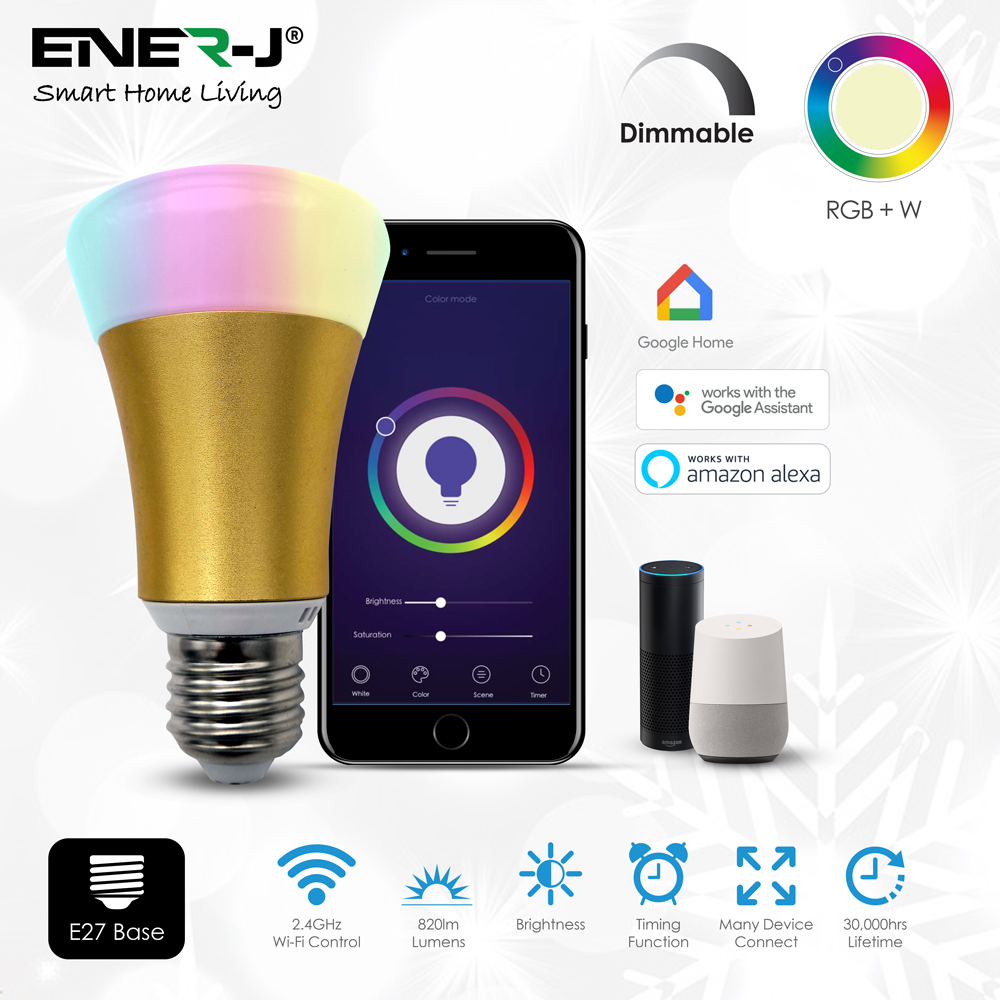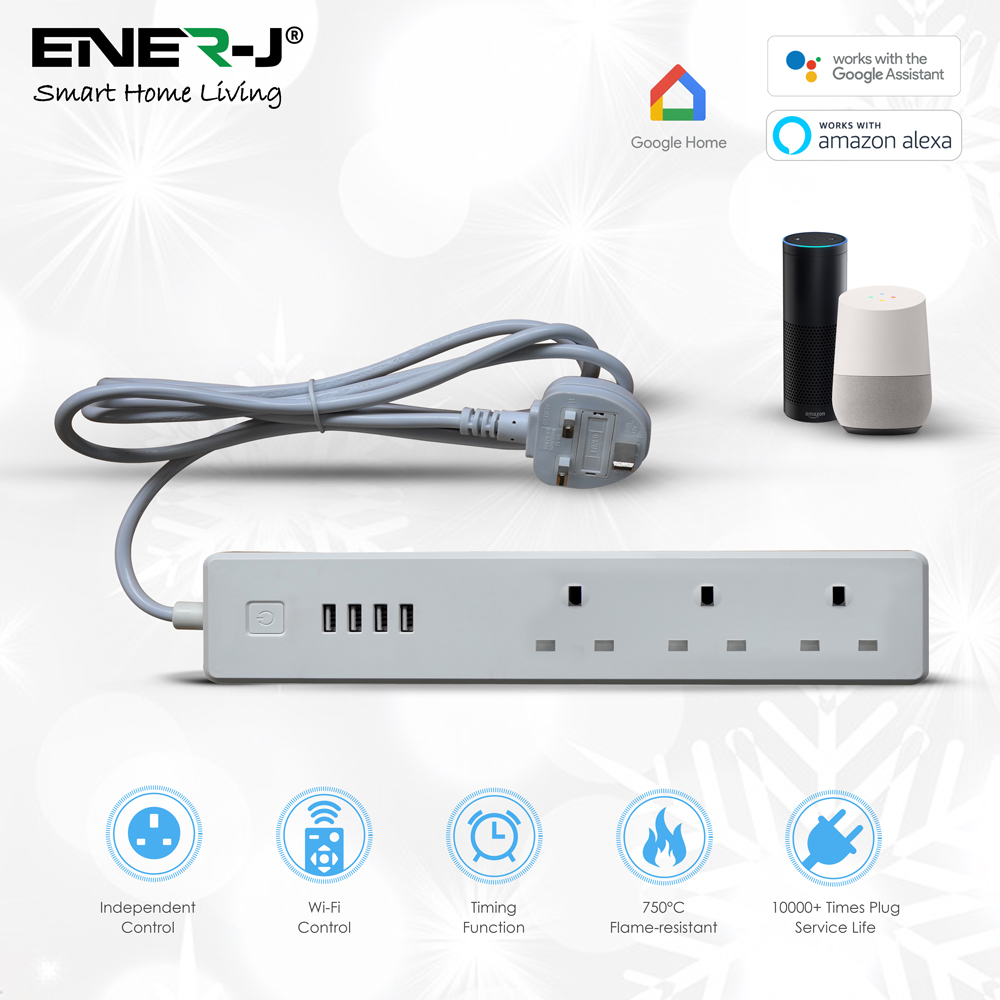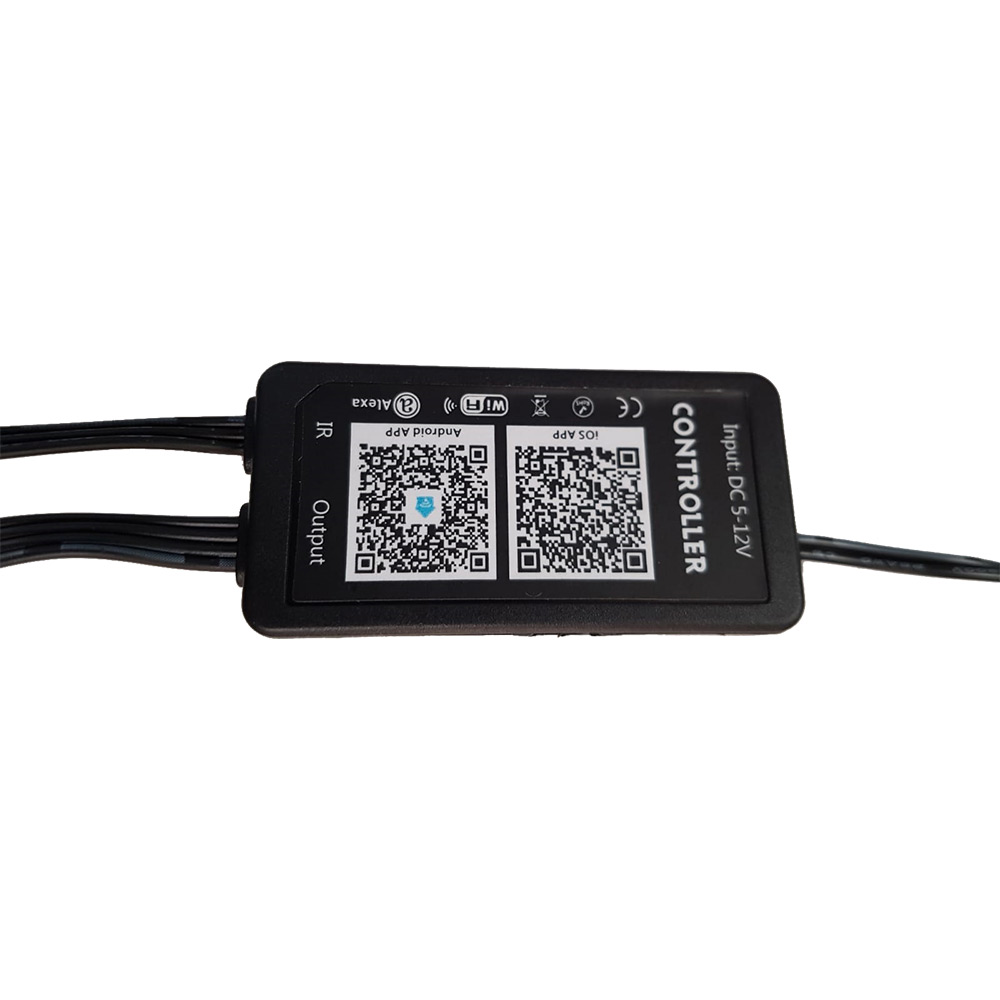Will Virtual Assistants Revolutionize Home Automation?
27th April 2017Advancements
in virtual-assistant technology will likely spur growth in home
automation. Deciding which digital assistant works best for your
smart-home use really depends on individual preference.
Almost everyone with a smartphone
is familiar with some of the capabilities of voice-controlled virtual
assistants. Siri from Apple Inc. was the first out of the gate and may
be the most well-known. Google Assistant from Alphabet, Inc. is the
search giant's latest version of Google Now. Amazon.com, Inc. gave us
Alexa, though she is mostly limited to home speakers.

Apple HomeKit
Siri is the backbone for
Apple's HomeKit, the smartphone app that can be used to control a
variety of smart-home products. This platform provides a variety of
helpful features to simplify the process of adding devices and labeling
"Favorites." You can also organize the various components by "Rooms" and
create "Scenes" that will control multiple devices with one command.Another feature is that you can automate certain functions to occur at a specific time of day, or when you leave home. The best feature of HomeKit, in typical Apple fashion, is its ease of operation -- and it can be controlled by the app, or using voice control.
A key point is that HomeKit-compatible devices have been reviewed and vetted by Apple, providing end-to-end security. This limits the number of available devices, but will likely prevent you from being hacked. On the downside, Apple lacks a home speaker system.
Amazon Alexa and Echo
Amazon's Alexa powers the Echo, Echo Dot, and Tap smart-home speakers, but lacks a dedicated smartphone app. Amazon has integrated access to Alexa via its Amazon shopping app on the iPhone by tapping the microphone button in the app. Alexa's advantage is in the number of things she can do -- she accepts over 10,000 commands, called "skills," though they require remembering the very specific wording of each command.These skills address a variety of areas, not just the smart home, though the system integrates with dozens of smart-home devices that work directly with Alexa, and hundreds that operate using a variety of manufacturer-specific apps. Integrating many of these products requires a special If This Then That (IFTTT) device to connect them and to set up routines to control multiple components with a single command. There's also no independent verification regarding device security.

Google Home and Home Control
Google recently introduced
Home, a smart-home speaker similar to Amazon's Echo. It's powered by a
Google Assistant, though not the same Assistant that operates on
Google's Android phones or the Allo messaging app -- and they aren't
integrated as of this writing.The Assistant on Home works with components from four smart-home partners currently (Nest, Philips Hue, IFTTT, and SmartThings) - far fewer than Alexa. Google plans to add additional partners over time, though those currently available cover the most used home-automation components.
Integrating multiple smart-home products through Home requires an IFTTT device to connect them to each other and set up routines, similar to Alexa. Also similar to Alexa, there's no independent verification of device security, which varies by manufacturer. Home has Google search at its heart, so it understands detailed questions and requests rather than the specific skills commands required by Alexa.
Some consumers will be drawn to Echo or Home by the novelty factor, or for the variety of other capabilities, and adding smart-home products will be an unintended result of ownership.
